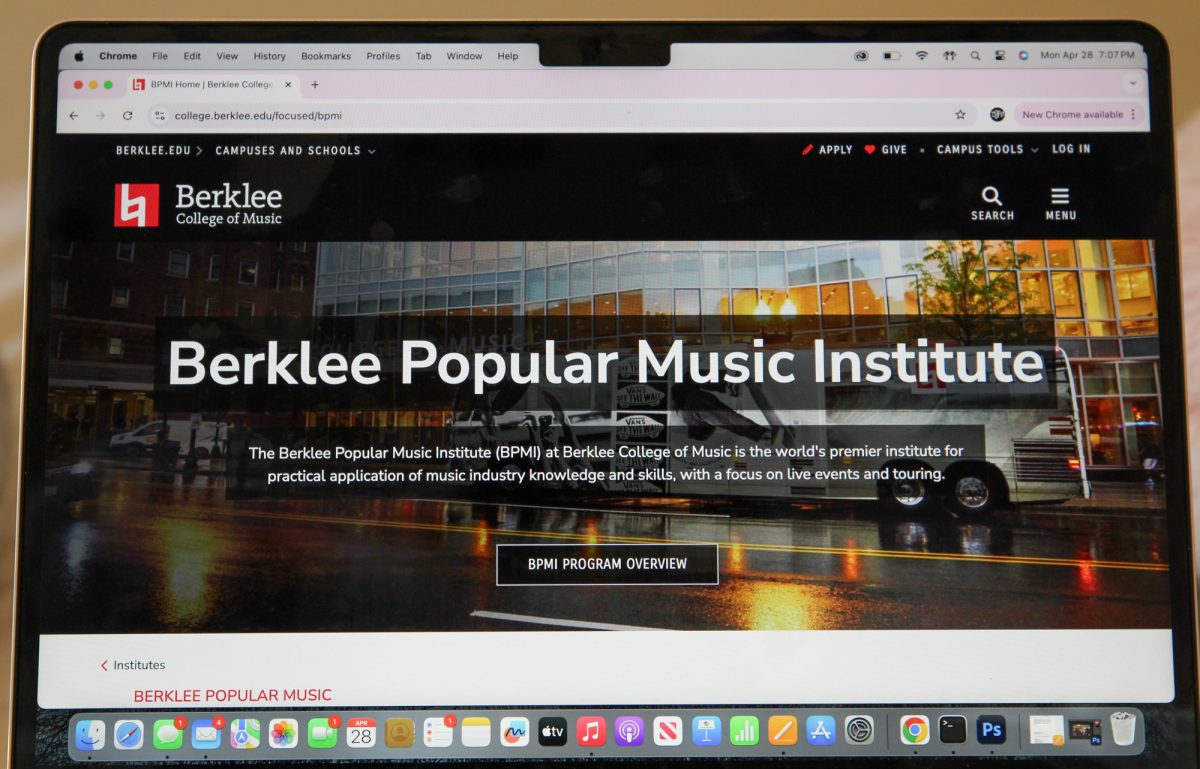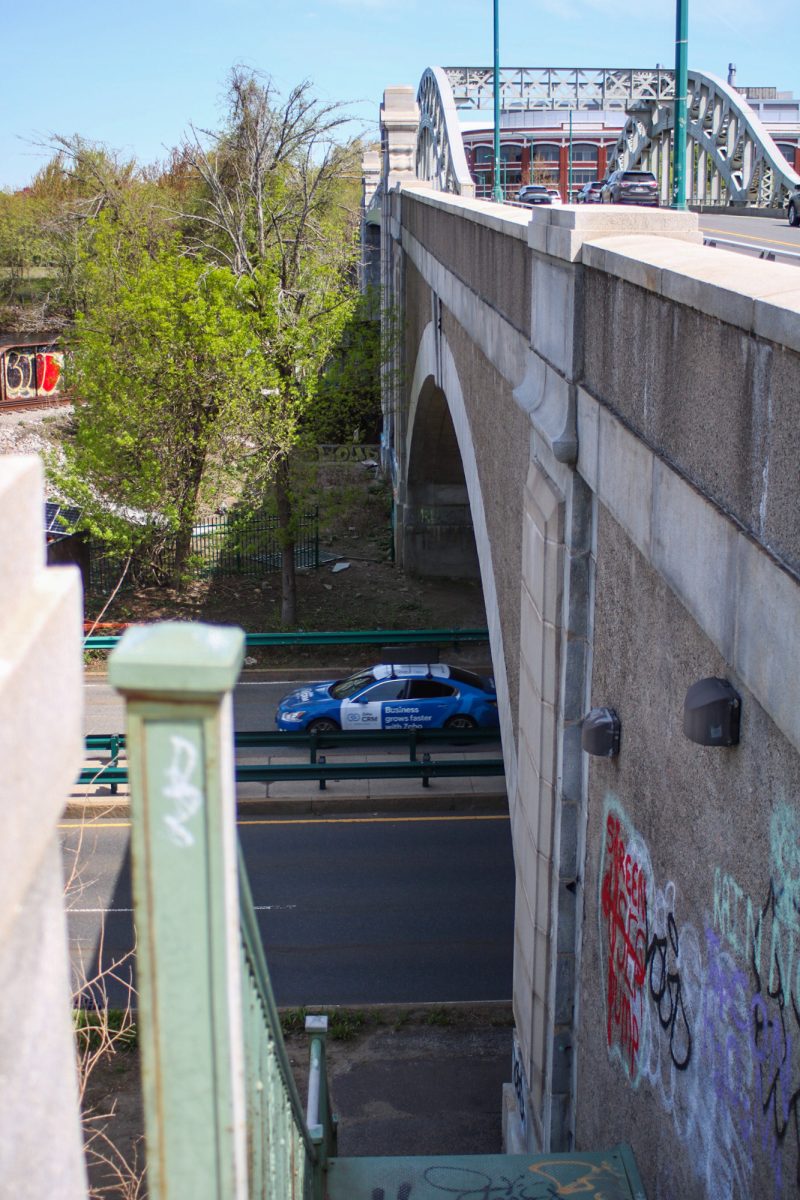Boston’s commuter rail is at the start of a years-long transformation. One transit advocacy group has released a strategy to get it started.

TransitMatters, an nonprofit organization working to create a sustainable, equitable and reliable transportation system, issued a $2.6 billion plan to improve commuter rail lines June 22.
After 18 months of planning, the Massachusetts Bay Transportation Authority Fiscal and Management Control Board had voted in November 2019 to revamp the commuter rail and transition to electric vehicles.
MBTA did not collaborate on the TransitMatters plan, MBTA spokesperson Lisa Battiston wrote in an email.
The nonprofit’s strategy report serves as “near-term steps” during the long-term process to transform the Regional Rail system, according to TransitMatters.
Jarred Johnson, executive director of TransitMatters, said the group created the plan to show policymakers how they can improve commuter lines.
“Having this plan in their hands,” Johnson said, “they can hopefully see what the scale of investment is and really play into the transportation funding debate that’s happening right now.”
Despite ridership dropping by nearly 99 percent during the COVID-19 pandemic, many working-class, low-income residents still rely on commuter rails to get to work. An accessible and convenient rail is important, according to TransitMatters, for essential workers and those with non-traditional work hours.
Chris Dempsey, director of Transportation for Massachusetts, a coalition aiming to improve transportation, wrote in an email that it’s time for the Commonwealth to update its railway system.
“We need to move beyond an outdated Commuter Rail operating model that was designed solely for nine-to-five commuters,” Dempsey wrote.
TransitMatters’s Regional Rail Phase One plan is estimated to last five to seven years. The project includes electrifying rail lines, removing speed restrictions, building new platforms and adding more stops.
The plan will speed up trains to run every 15 to 30 minutes, according to TransitMatters, meaning riders will no longer have to plan their day’s schedule around commuter rail departure times.
Phase One will electrify and provide 15-minute frequencies to the Providence, Fairmount and inner Newburyport/Rockport lines and establish an Office of Rail Transformation, according to the plan.
Improving the rail’s efficiency would also increase ridership in those who would normally take their cars, Johnson said. This could ultimately decrease traffic congestion and fossil fuel emission levels from vehicle use.
“It’s shown that if you provide a good, high quality, reliable service, people will get out of their car and take it,” Johnson said. “Having service every 15 minutes or better allows you to really just live your life and not have to plan your life around the train.”
Improving the commuter rails is an “investment” in the economy, Johnson said.
“When you invest in good transportation, people save money or people are more productive,” Johnson said. “They’re able to put more money into the economy, either through increased productivity at work because they’re getting to work earlier or by getting back to their community faster and being able to spend money there.”
Johnson added that a wider range of possible solutions exists when a railway system is faced with capacity issues. These solutions, he said, tend to be more sustainable.
“Once the highway reaches capacity, the only thing you can do is expand it even wider and destroy homes and businesses,” Johnson said. “Whereas with a train, if you’re getting the capacity on the system we have now, then there’s lots of other things that you can do.”
In future phases of the TransitMatters plan, Johnson said, more commuter rail lines will be electrified.
“We are electrifying some of the highest ridership lines as well as the Fairmount line that really should be a rapid transit line,” Johnson said. “You would then go to the next highest ridership line.”
















































































































